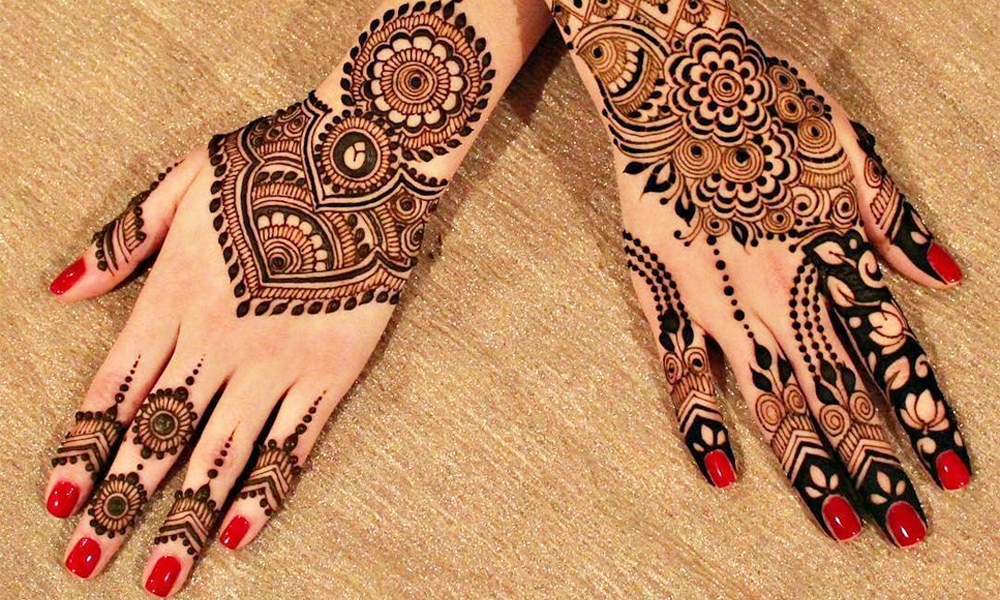

India is a highly spiritual and religious country. Our culture includes numerous festivals and celebrations that are festive, fun and defined by many traditions.These festivals that repeat annually offer a unique way of seeing Indian Culture at its best.The festivities vary largely by geographical locations and religion. However most festivals are celebrated by most states. We present to you certain widely known festivals that sum up the busiest times of the year. Each festival adds its own charm and fervor to the celebrations. The cultural festivities in India are vast and varied ranging from the festival of colours to the festival of light. Here is a glimpse of of Indian culture.

Autumn marks the arrival of this festival and the preparation for the same begins much in advance with people decorating their houses and exchanging gifts.
Diwali honors the victory of good over evil and brightness over darkness. It celebrates Lord Ram and his wife Sita returning to their kingdom of Ayodhya, following the defeat of Ravan and rescue of Sita on Dussehra. It's known as the "Festival of Lights" for all the fireworks, small clay lamps, and candles that are lit.

Every year, between the months of February and March, the streets of India come alive with a riot of colors. Holi, like most other festivals of India, is celebrated to mark the triumph of good over evil. The festival also marks the onset of spring season.
Holi, often referred to as the "Festival of Colors", is one of the best known festivals of India. The festival is centered around the burning and destruction of the demoness Holika, which was made possible through unwavering devotion to Lord Vishnu. However, the really fun part involves people throwing colored powder on each other and squirting each other with water guns.

Onam is the biggest festival of the year in the south Indian state of Kerala. This lengthy harvest festival marks the homecoming of mythical King Mahabali, and it showcases the state's culture and heritage. People decorate the ground in front of their houses with flowers arranged in beautiful patterns to welcome the king. The festival is also celebrated with new clothes, feasts served on banana leaves, dancing, sports, games, and snake boat races.
Baisakhi is the celebrating the success of harvest. It is celebrated in the northern state of Punjab in India. The festival marks the beginning of the harvest season. You can see beautifully decked up dancers dancing to traditionally Punjabi beats. The dhol beats are just awesome and you can almost feel them pumping in your veins. The festival is a nice time to let your hair down and just go with the flow.
Rangoli is an art form in which patterns are created on the floor or the ground using materials such as colored rice, dry flour, colored sand or flower petals.
It is usually made during different festivals of Diwali or Onam, Pongal in India. Designs are passed from one generation to the next, keeping both the art form and the tradition alive. Shape, design and material can be influenced by regional traditions. Design depictions may also vary as they reflect traditions, folklore, and practices that are unique to each area.
Rangoli designs can be simple geometric shapes, deity impressions, or flower and petal shapes, also be very elaborate designs crafted by numerous people.
Mehndi is a form of body art in which decorative designs are created on a person's body, using a paste, created from the powdered dry leaves of the henna plant.
Henna paste is usually applied to the skin using a plastic cone, a paintbrush or a stick. The painted area is then wrapped with tissue, plastic, or medical tape to lock in body heat, creating a more intense colour on the skin.

The foods in India are designed to include a multitude of flavours, textures, aromas and nutrients; the Indian Thali still carries the legacy of Avurveda, wellness and holistic power of food. The power of plating is intricately showcased in a good traditional thali, which focuses on a visual appeal and also on ensuring food is served in the manner that it subtle.
The construct of a palate cleanser or even an appetite stimulator has existed in spread of thalis. More than anything else, the humble thali continues to remain a microcosm of the culture it represents, and collectively perhaps the most visible identifier of our unity in diversity narrative.